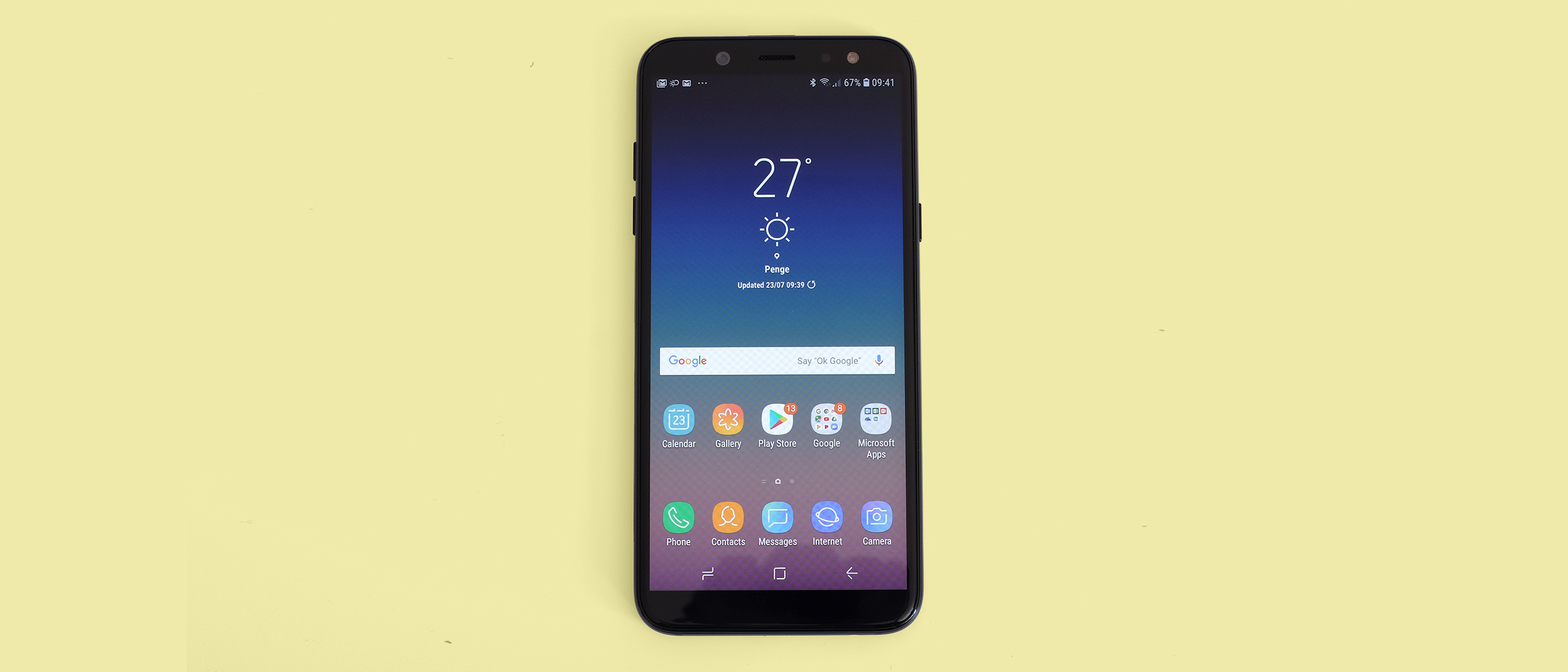Why you can trust TechRadar
Battery life
- No fast charging
- Efficient screen
- Solid general stamina
The Samsung Galaxy A6 has a 3,000mAh battery. This doesn’t sound too large for a phone with a 5.6-inch screen, but remember it has a relatively low display resolution, 1480 x 720 pixels.
Samsung’s OLED screens are about as efficient as you’ll find in a phone too. Playing a 90-minute video on the Galaxy A6 at maximum brightness takes just 9% off the battery.
This is even better than the 12% the Samsung Galaxy A5 from 2017 lost. But that older phone has a 1080p screen, explaining the difference.
Such a result suggests the Samsung Galaxy A6 will be an ultra-long-lasting phone. However, it’s a little more ordinary with mixed use. You’ll get a full day and change between charges, the basics of what we expect for ‘good’ battery life.
You can stream a little video, a few hours of audio and use plenty of WhatsApp without the phone running out of juice in the early evening. However, it won’t last two days with such treatment.

The Samsung Galaxy A6 also lacks some fundamentals we expect to see in a phone at the price. It uses a micro USB socket to charge, rather than USB-C, and doesn’t support fast charging.
A full charge takes around two hours, a good chunk longer than the Moto G6. There’s also, predictably, no support for wireless charging.
Camera
- Good daylight images with uncomplicated scenes
- Lacks Auto HDR, spoiling performance with high light contrast
- Okay low light images
The Samsung Galaxy A6 has great-sounding camera hardware. A 16MP sensor with an ultra-fast f/1.7 lens sits on the back, a 16MP one with an f/1.9 lens on the front. Both are Samsung sensors, the S5K2P6, a 1/2.8-inch sensor. Each sensor pixel measures 1.12 microns.
At their best these cameras can take great images for a lower-cost phone. And, as usual for a Samsung, shooting feels responsive. The Samsung Galaxy A6 is faster to shoot than a Motorola Moto G6.
However, you don’t get the shooting intelligence of Samsung’s pricier phones. At this point, some of the omissions seem as out-of-date as the phone’s low-power GPU, which we'll get to on the next page.

Auto HDR is the biggie. Most phones use HDR much of the time when we take them out for a shooting test. It reduces blown highlights and brings out shadow detail for a more pleasing photo.
The Samsung Galaxy A6 has a separate HDR mode, but just about every rival also has Auto HDR. We shouldn’t have to head to the mode menu to turn it on, and we imagine most users won’t even think to do so.
As a result, this phone struggles with scenes featuring high light contrast. This one factor more-or-less determines whether you’ll get a good shot or not. Standard scene without tricky lighting? Great shot. Bright white clouds or other stark light differences? Bad photo.

Thanks to the wide lens aperture, the Samsung Galaxy A6 camera excels with close-up nature images. It provides a nice, native shallow depth of field effect. However, there’s again another issue. Despite having phase detection, focus locking of close subjects is too slow.
Night photography is better than some in this upper-entry-level class thanks to the fast lens. However, it’s also worth bearing in mind that this wider aperture really just helps to offset the relatively small sensor pixels.
Low light photos tend to look clear enough, but are also soft and low on detail. We find the dedicated ‘Night’ mode actually tends to make your shots softer too. Auto works better much of the time.
The Galaxy A6 would be one of the better ‘affordable’ phone cameras if it had a good Auto HDR mode. It doesn’t, so it isn’t.

Our assumption is the Samsung Galaxy A6 either lacks the CPU or ISP (image signal processor) power to make HDR shooting feel fast. Shooting ‘manual’ HDRs seems to support this, as it takes a second or two per image.
There are serious CPU-related limits on video too. You can only shoot at up to 1080p, 30fps. There are no high frame rate or 4K options, and no software stabilization either. It’s just too basic.
The front camera can take great images. After all, it uses a reasonably large, high-res sensor. However, there’s far too great a disparity between images, as the slightest bit of handshake destroys fine detail. This becomes an issue when shooting indoors, even in fairly bright rooms. Only about one in five images looks entirely sharp.
You can apply background blurring with selfies. This works reasonably well, although the level of blur is set, and not that dramatic.
Camera samples
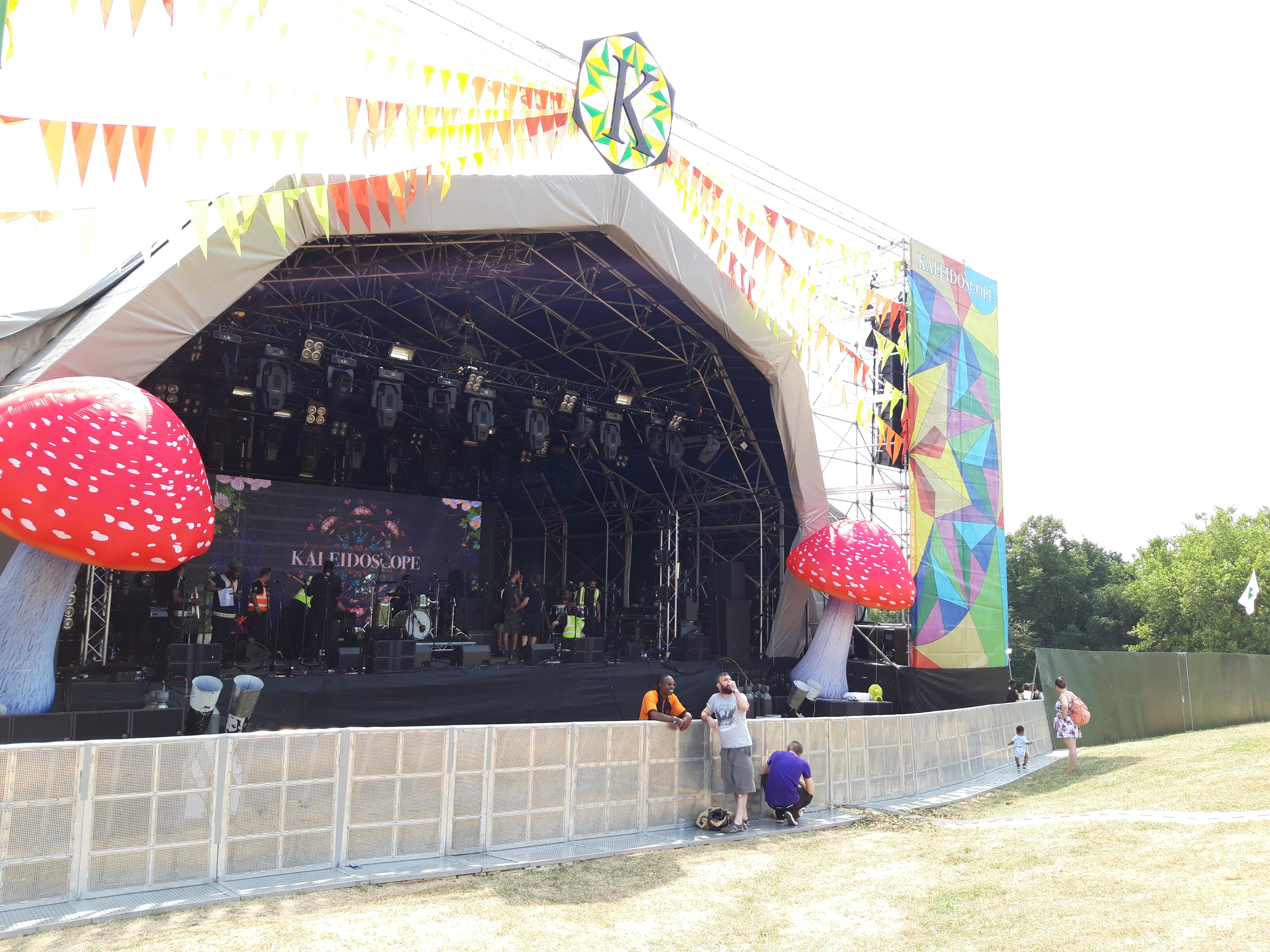
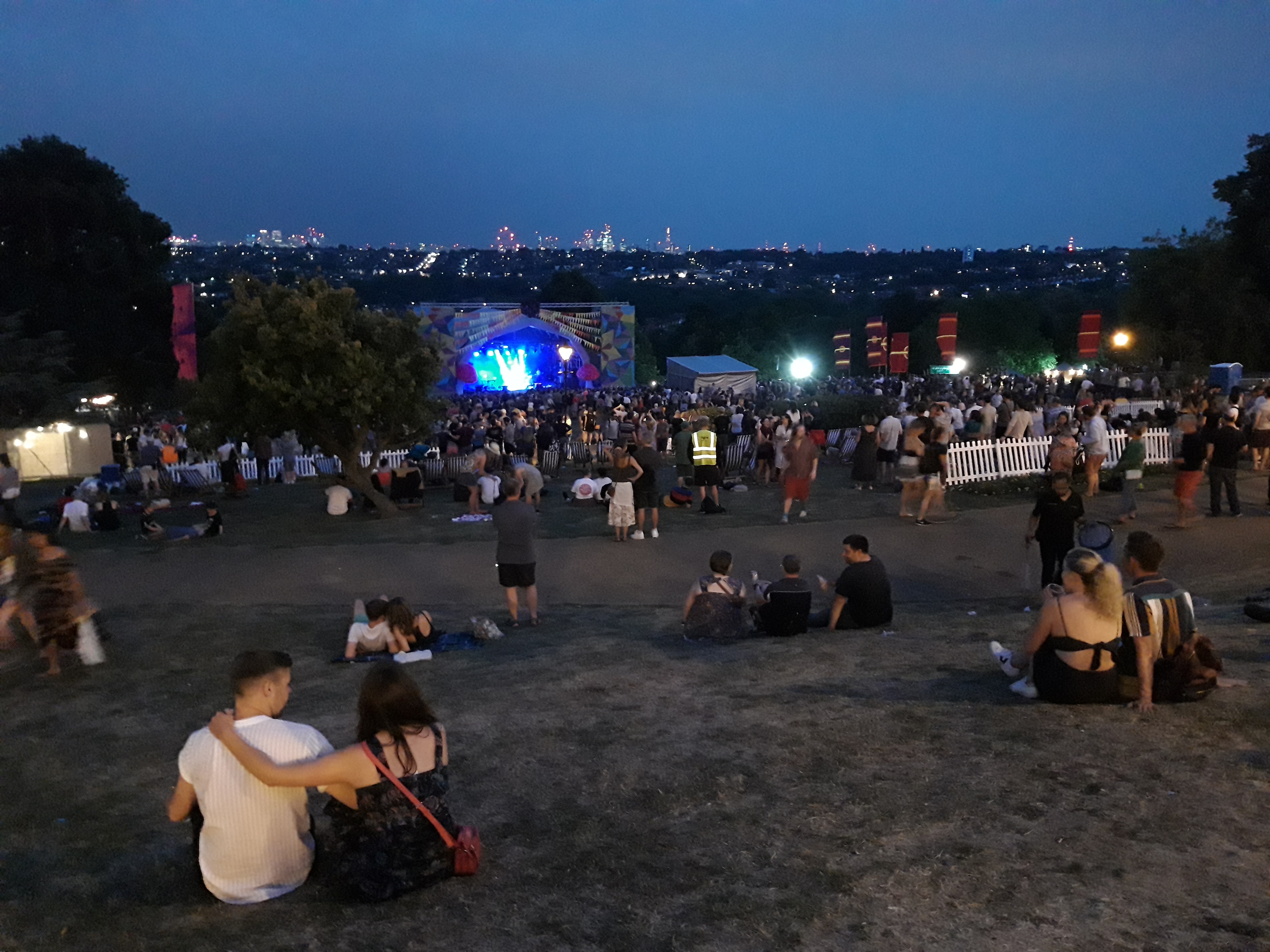
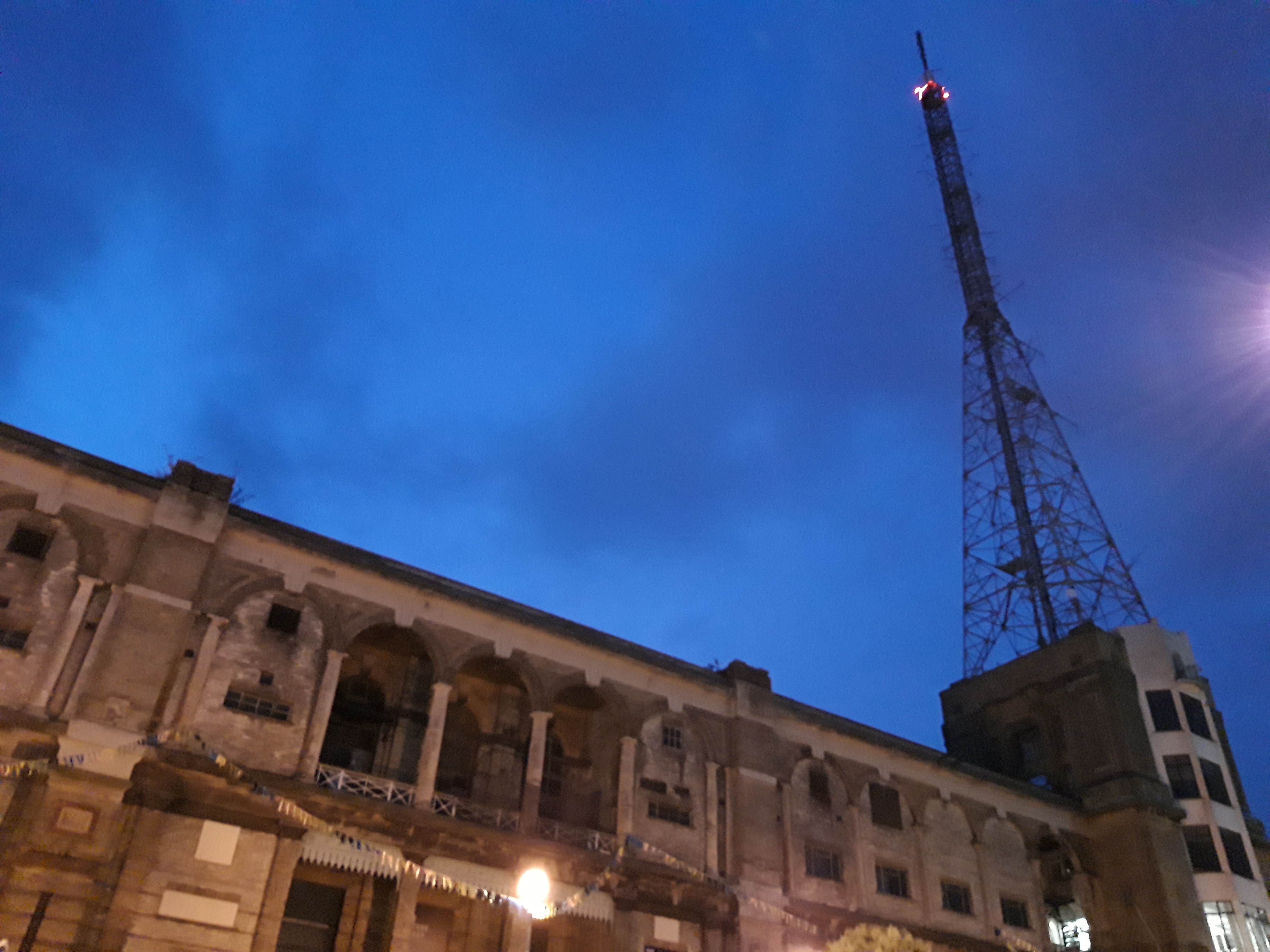



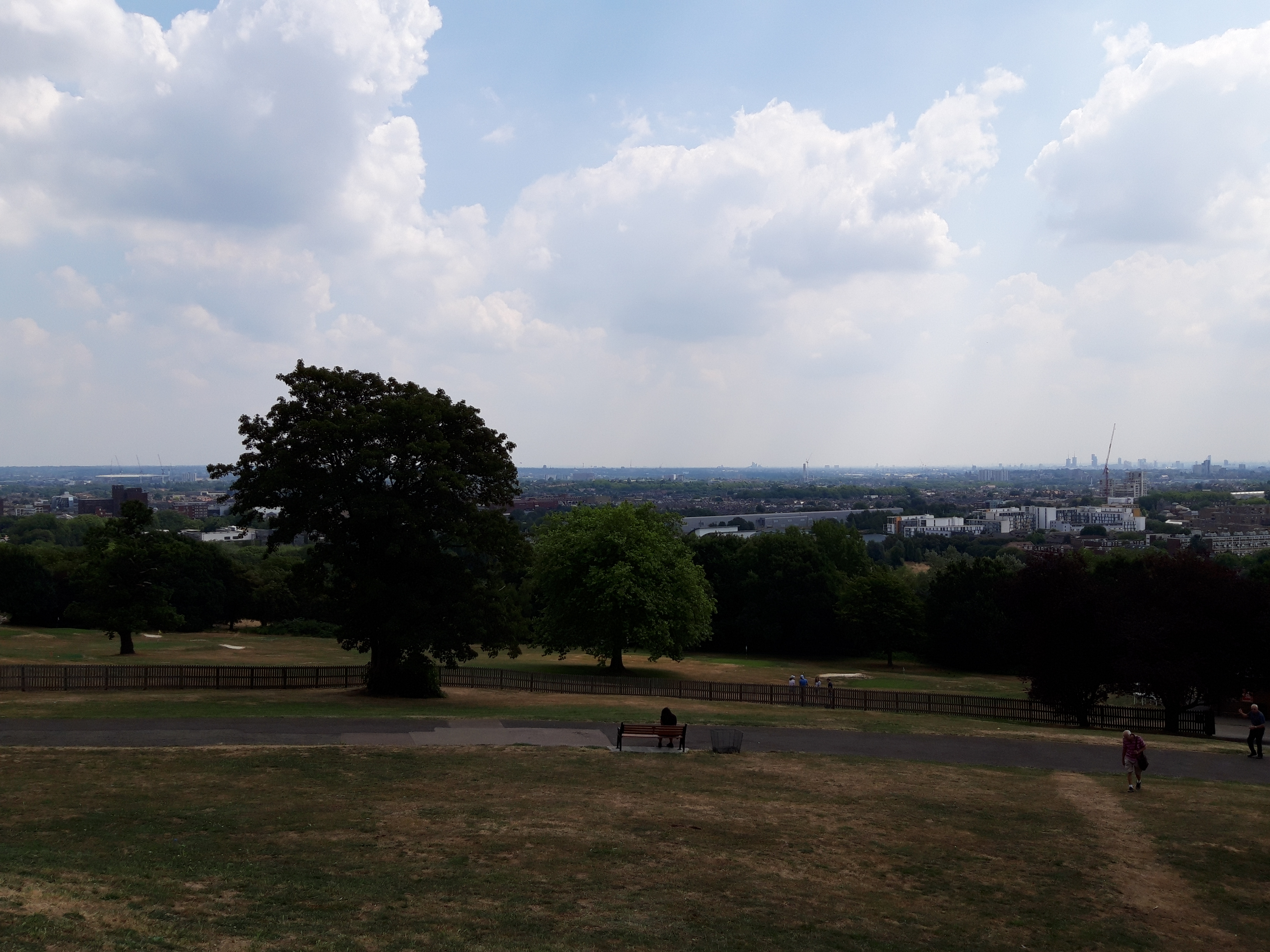
Current page: Battery life and camera
Prev Page Introduction, key features and design Next Page Anything else I should know?Andrew is a freelance journalist and has been writing and editing for some of the UK's top tech and lifestyle publications including TrustedReviews, Stuff, T3, TechRadar, Lifehacker and others.
